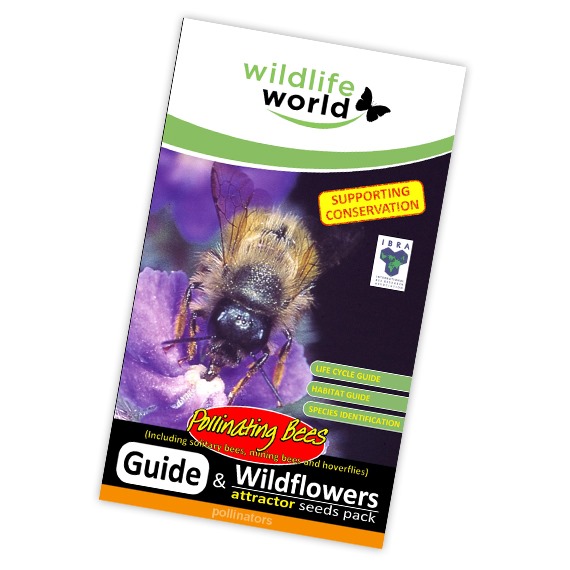Insect Homes for Your Garden
If you want a thriving garden, a healthy bug population is a real must. We stock a selection of insect homes and feeders to get your garden buzzing with life in no time!
With various designs available, we provide a great choice of insect habitats in all shapes and sizes. Adding an insect or bee home to your garden will not only look nice, but it will also serve an invaluable purpose for your friendly critters.
Besides our insect homes, we also supply an assortment of additional accessories and feeders, which help to keep your garden insects healthy throughout the duration of their life.
Among our most popular products are our bee homes, which are suitable for a range of bee species and populations of all sizes, from entire colonies to solitary bees, which often nest in large populations despite their name. This is a great way to help support your local bee population, while also benefitting your plants and flowers to help them thrive!
Featured Products
Insect Hotel & Bee Home FAQs
Do you have any questions about our bee homes or our other insect homes? Simply get in touch and we'll be more than happy to help. You may also be interested in our packs of wildflower seeds - they're great for attracting bees and butterflies to your garden!
Insect Hotel FAQs:
- Where is the best place to put an insect hotel?
Install your insect hotel against a tree trunk or fence post that is south facing and receives plenty of morning sun. If possible, it’s best to position the insect hotel somewhere warm and dry, where it won’t be too badly affected by heavy rainfall, wind, etc.
If you have a spot that is near vegetation, wood piles or a pond, this will increase the chances of your insect hotel becoming a popular hotspot for your local wildlife.
- How to attract bees to a bee house?
Position your bee house at least 1 metre high, ensuring entry is not being blocked by any vegetation. Plant bee friendly flowers in the surrounding area, ideally a healthy variety of plants that will provide pollen and nectar all year round.
We’d recommend installing your bee hotel so that it is facing south in an unobstructed spot where it can receive as much sunlight as possible.
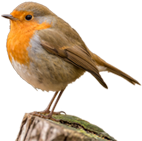

Welcome to Really Wild Bird Food!
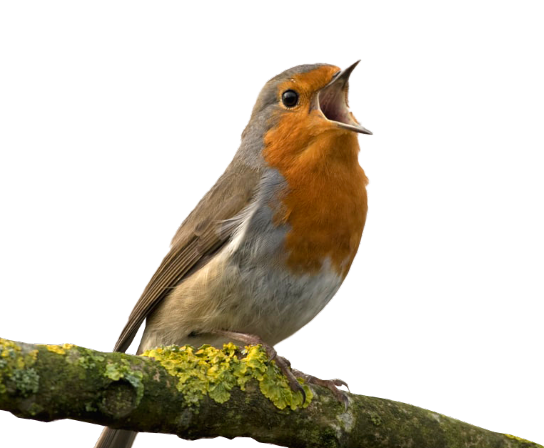

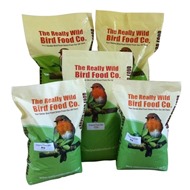














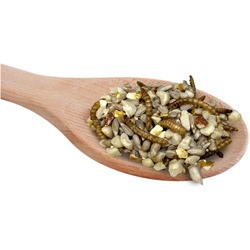
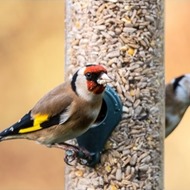





















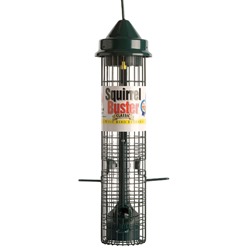
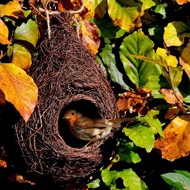












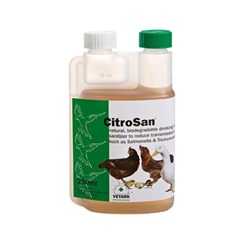
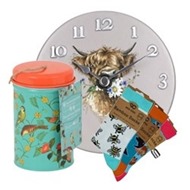











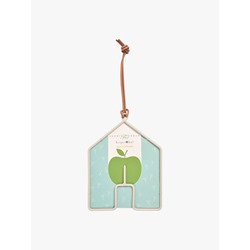

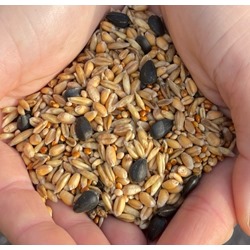
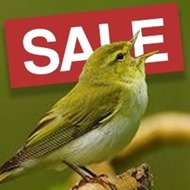



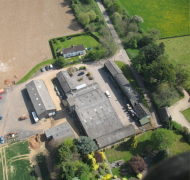






















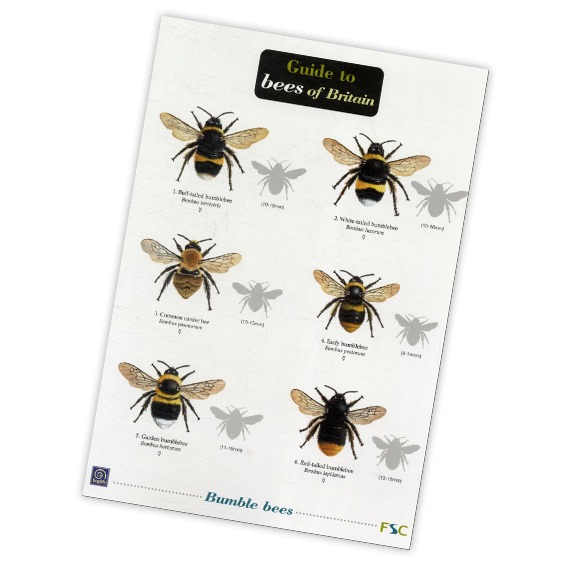 Field Guide to Bees of Britain
Field Guide to Bees of Britain 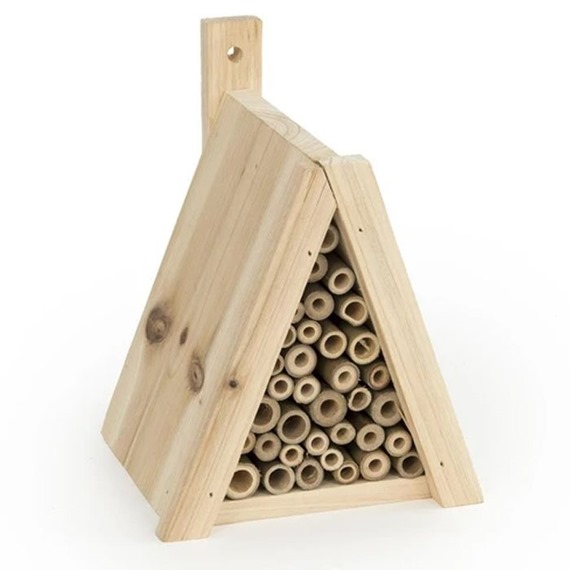 Tortuga Tipi Insect House
Tortuga Tipi Insect House 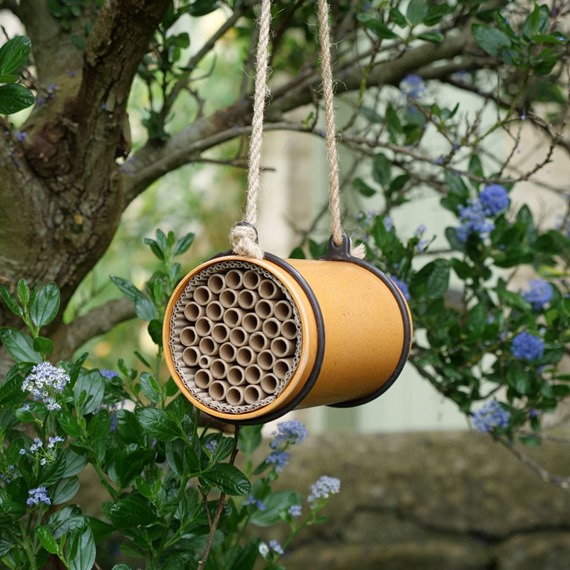 The Eco Bee Nester
The Eco Bee Nester 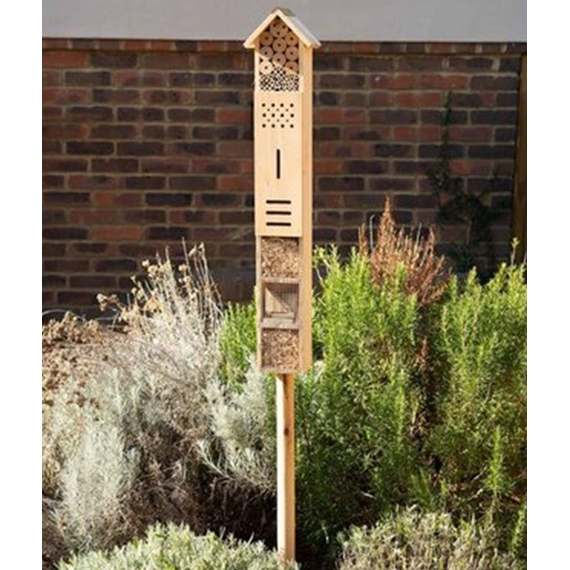 Nooks & Crannies Insect Hotel
Nooks & Crannies Insect Hotel 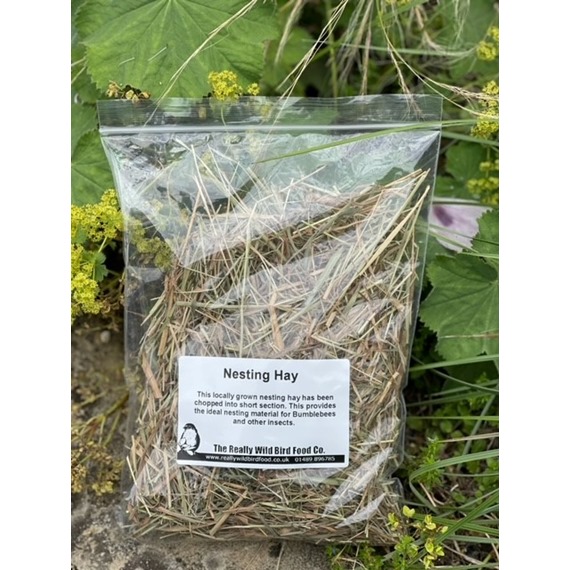 Really Wild Nesting Hay
Really Wild Nesting Hay 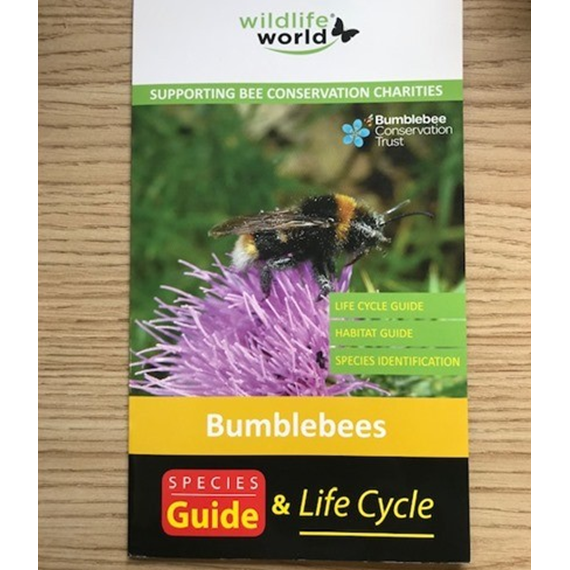 Species Guide to UK Bumblebees
Species Guide to UK Bumblebees 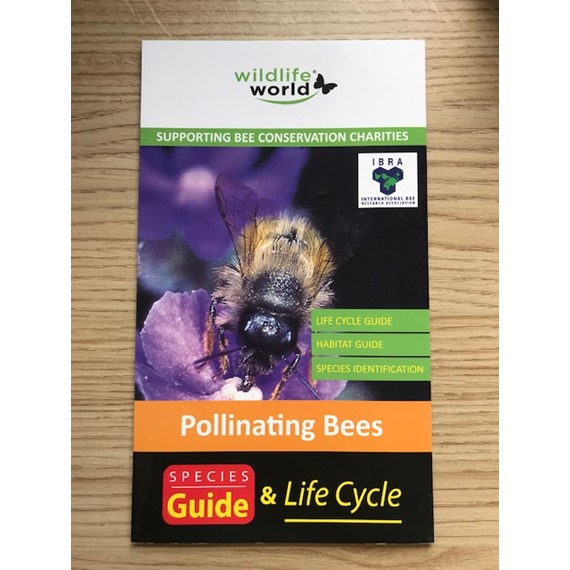 Species Guide to Pollinating Bees
Species Guide to Pollinating Bees 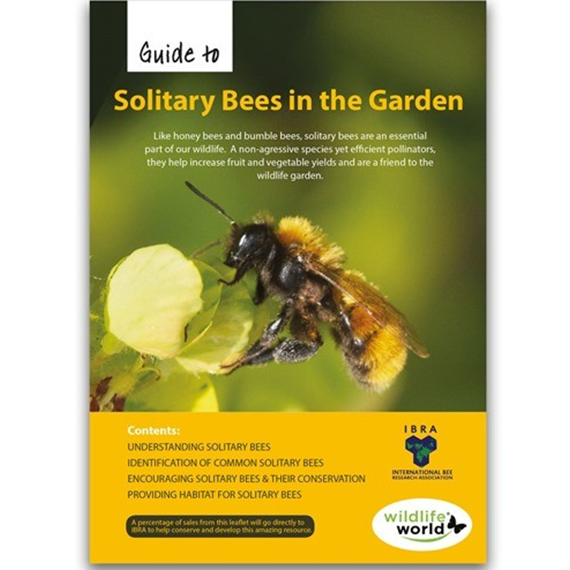 Guide To Solitary Bees In The Garden
Guide To Solitary Bees In The Garden 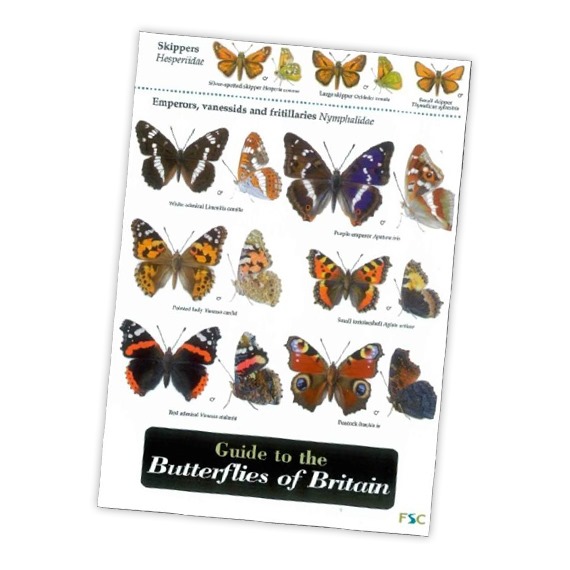 Field Guide to the Butterflies of Britain
Field Guide to the Butterflies of Britain 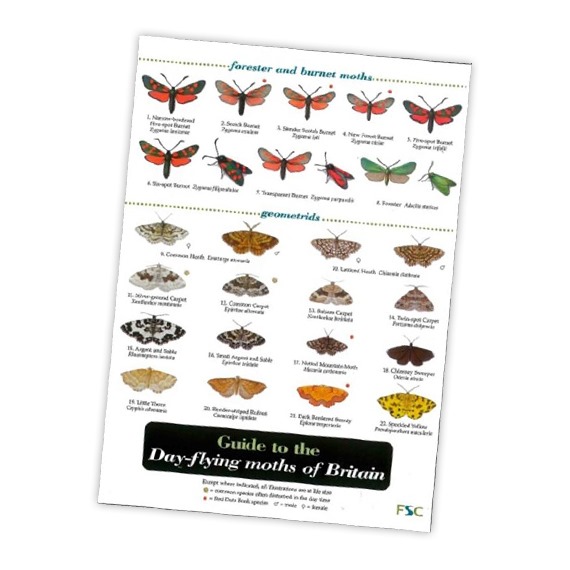 Guide to the Day-Flying Moths of Britain
Guide to the Day-Flying Moths of Britain  Bumblebee Nesting Material
Bumblebee Nesting Material 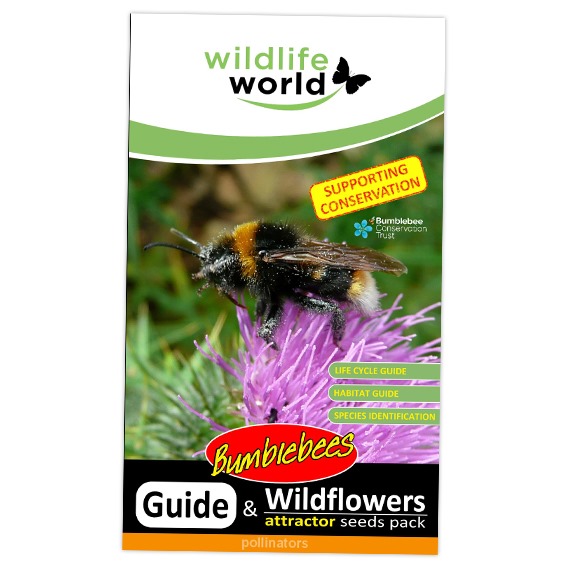 Wildflower Attractor Pack - Bumble Bees
Wildflower Attractor Pack - Bumble Bees 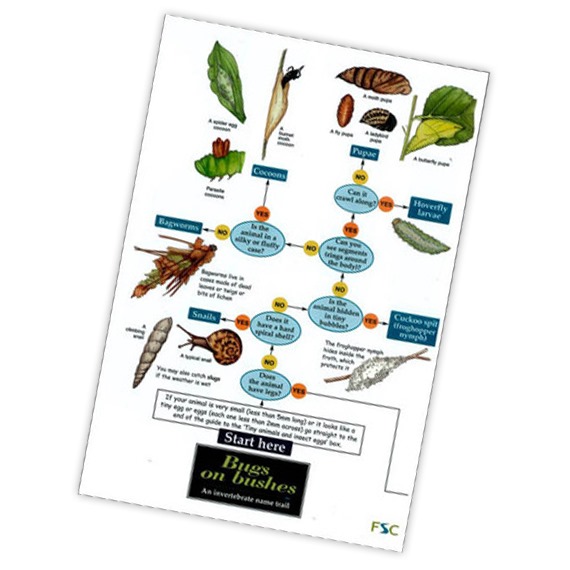 Field Guide to Bugs on Bushes
Field Guide to Bugs on Bushes 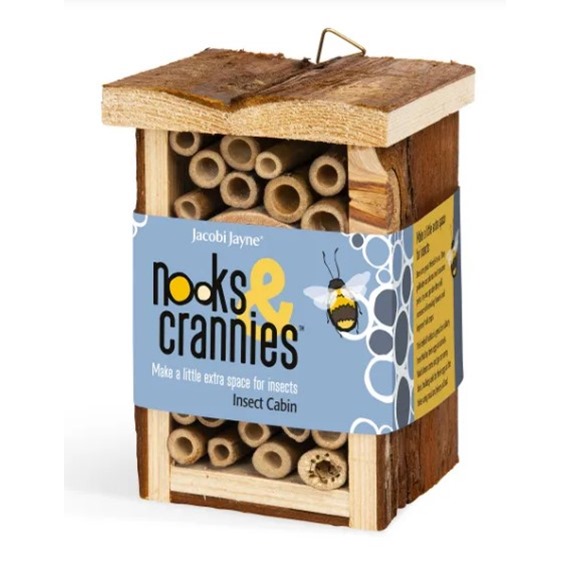 Nooks & Crannies Insect Cabin
Nooks & Crannies Insect Cabin 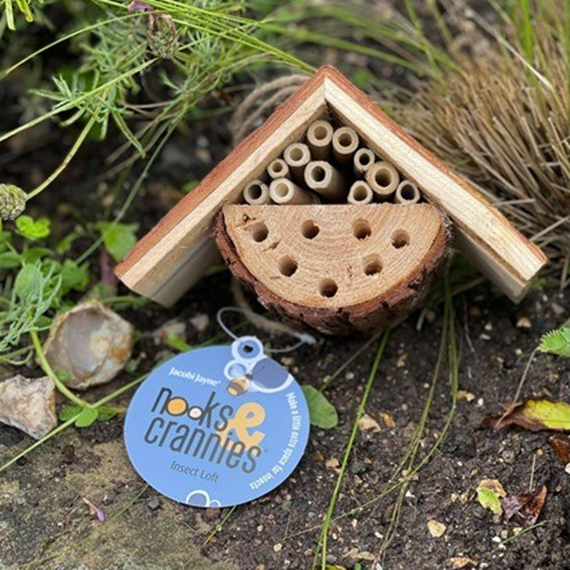 Nooks & Crannies Insect Loft
Nooks & Crannies Insect Loft 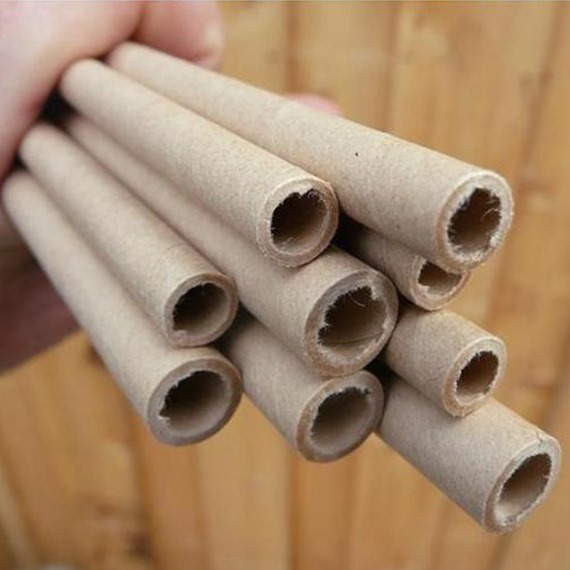 8mm Eco Card Bee Nesting Tubes - pack of 30
8mm Eco Card Bee Nesting Tubes - pack of 30 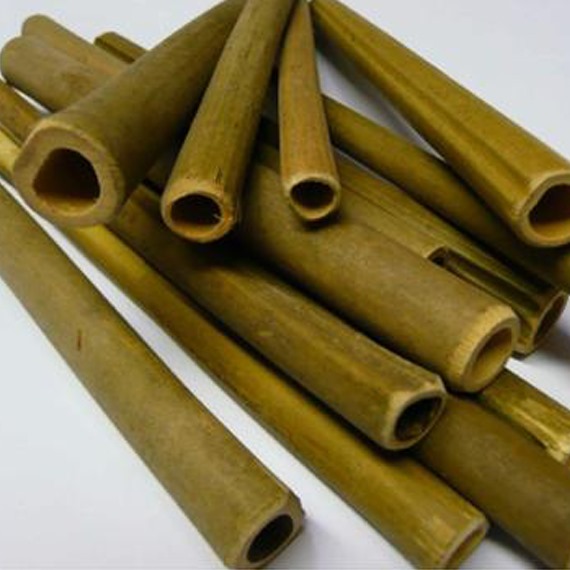 Drilled Wooden Bee Nesting Tubes - pack of 50
Drilled Wooden Bee Nesting Tubes - pack of 50 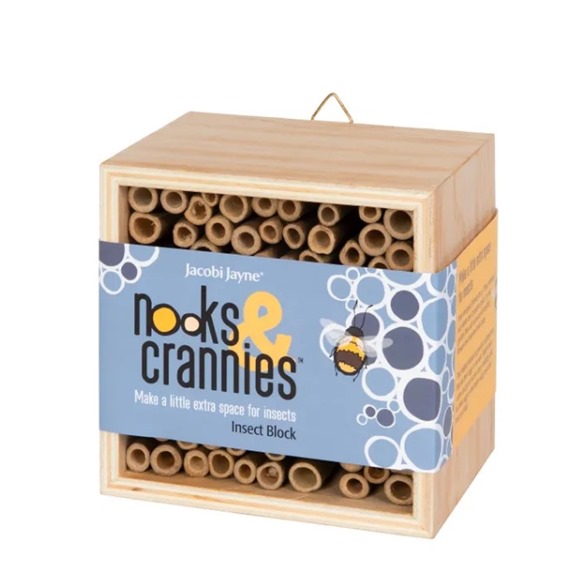 Nooks & Crannies Insect Block
Nooks & Crannies Insect Block 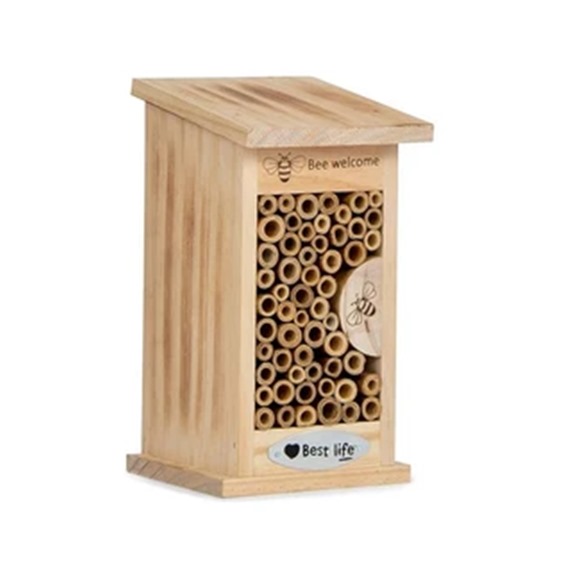 Fernandina Small Insect Hotel
Fernandina Small Insect Hotel 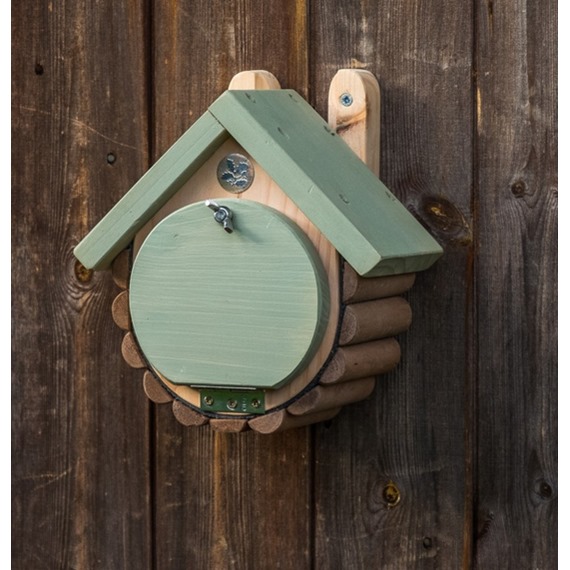 Mini Mammal House
Mini Mammal House 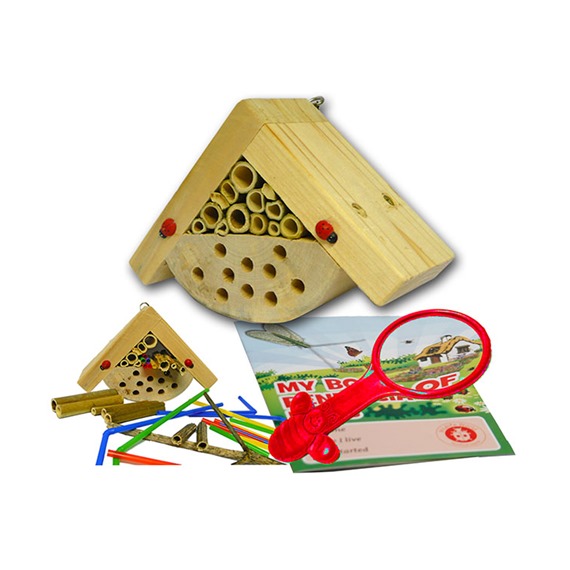 Bobby's Minibug Bug Box!
Bobby's Minibug Bug Box! 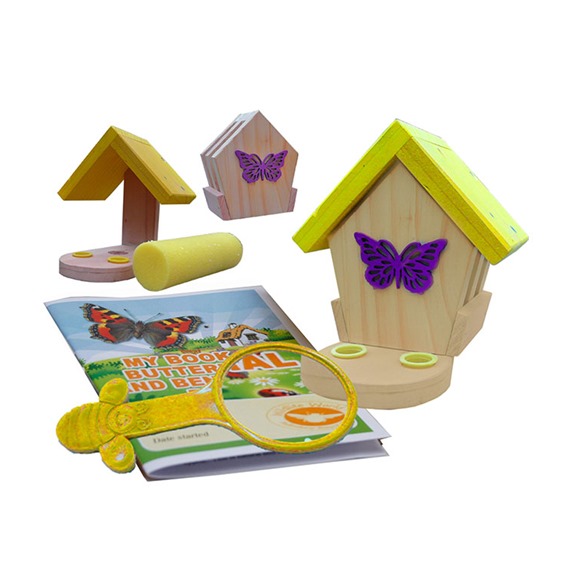 Betty's Minibug Butterfly Bistro!
Betty's Minibug Butterfly Bistro! 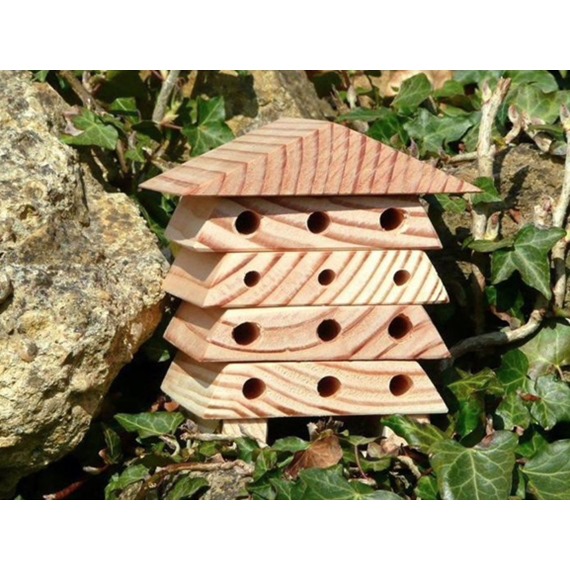 Bertie's Mini Bees House
Bertie's Mini Bees House 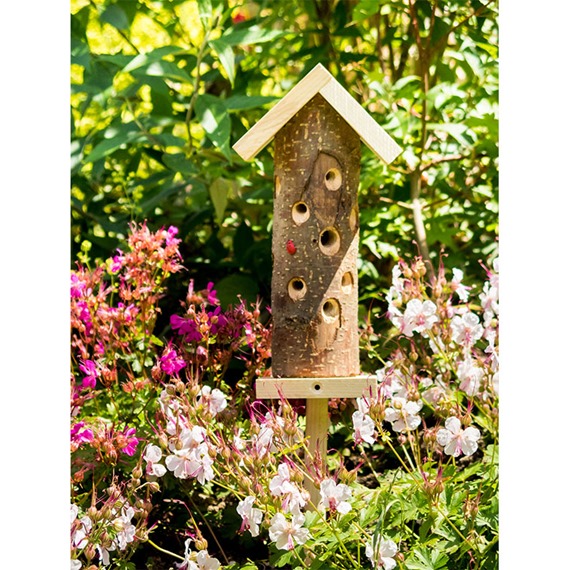 The Ladybird Tower
The Ladybird Tower 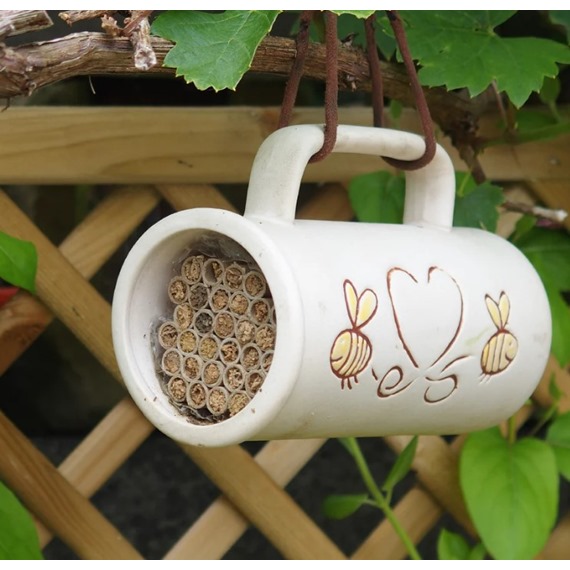 Bee Mug Nester
Bee Mug Nester 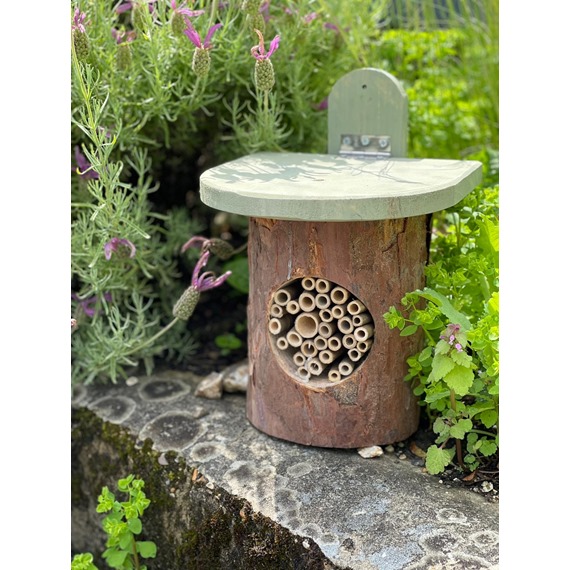 Natural Log Bee Home
Natural Log Bee Home 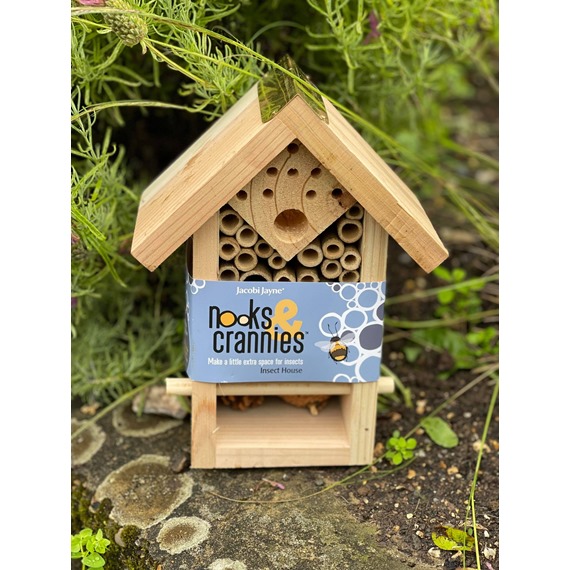 Nooks & Crannies Insect House
Nooks & Crannies Insect House 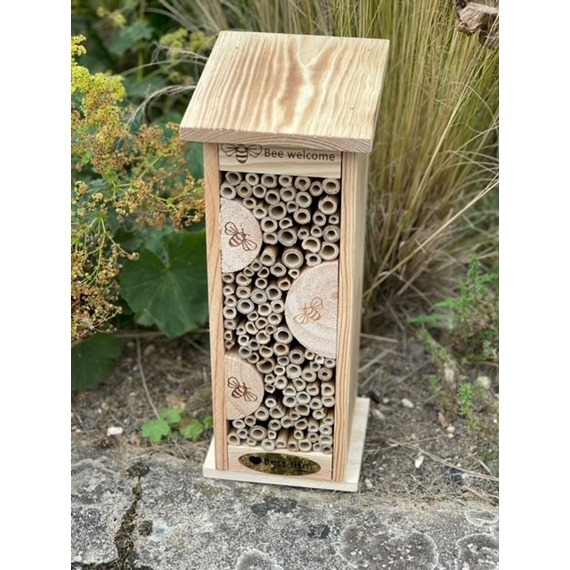 Floreana Large Insect Hotel
Floreana Large Insect Hotel 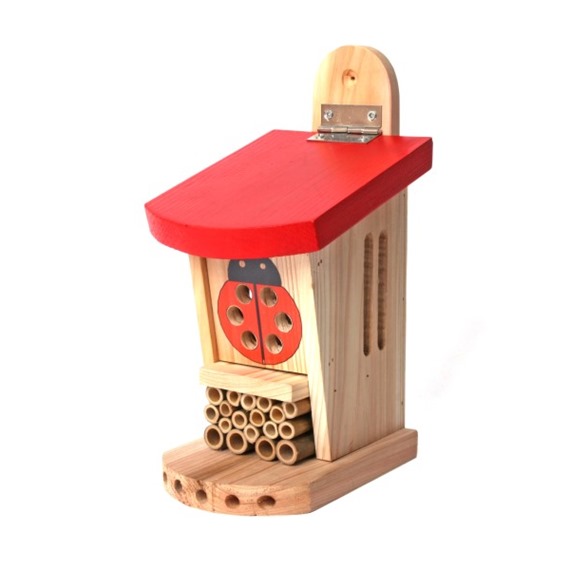 Ladybird and Insect Lodge
Ladybird and Insect Lodge 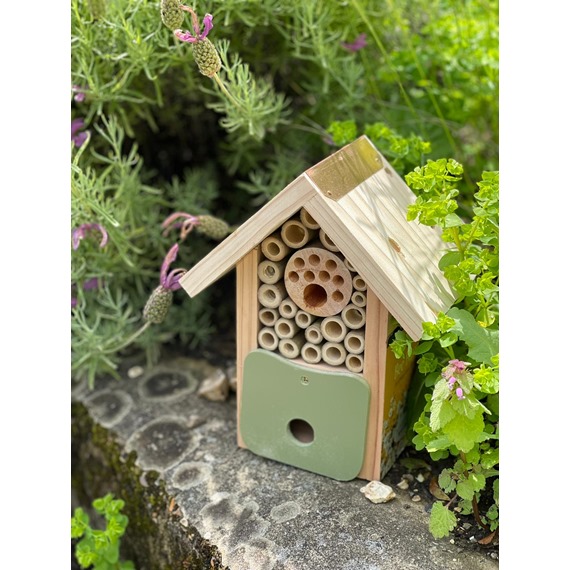 Bee Barn Eco Home
Bee Barn Eco Home 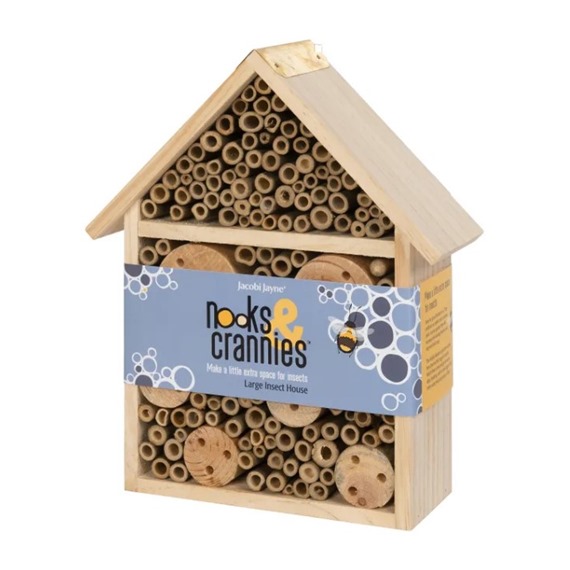 Nooks & Crannies Large Insect House
Nooks & Crannies Large Insect House 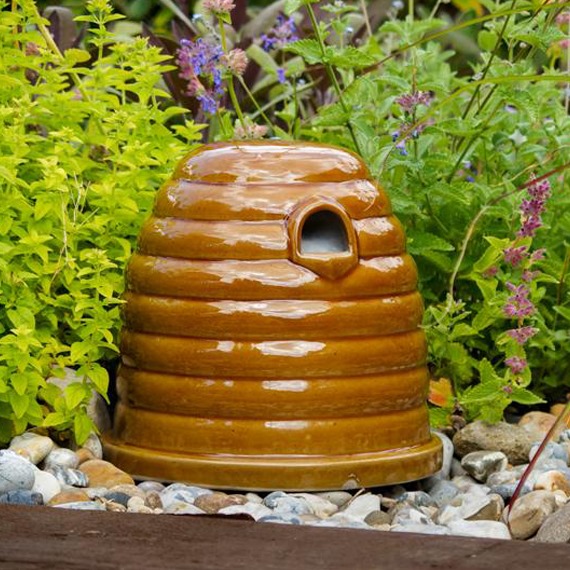 Ceramic Bee Skep
Ceramic Bee Skep 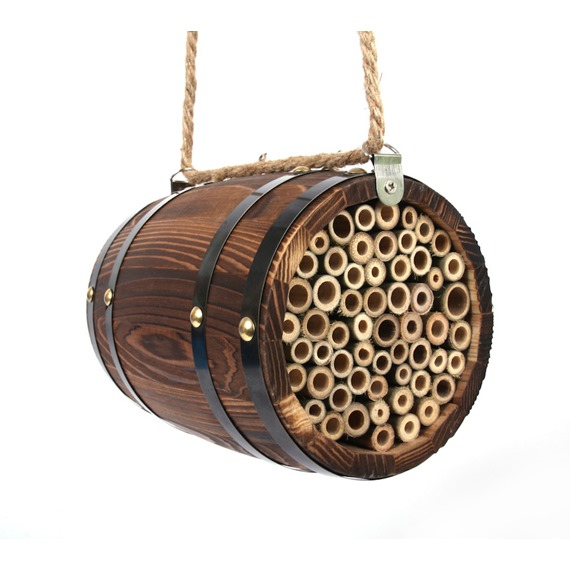 Bee Barrel
Bee Barrel 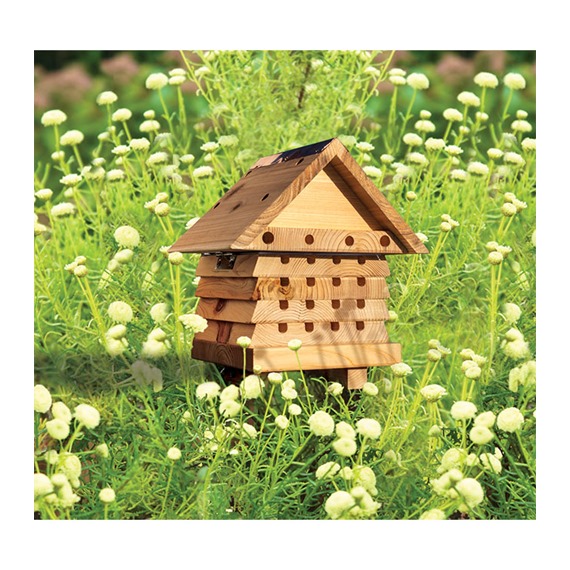 Interactive Solitary Bee Hive
Interactive Solitary Bee Hive 